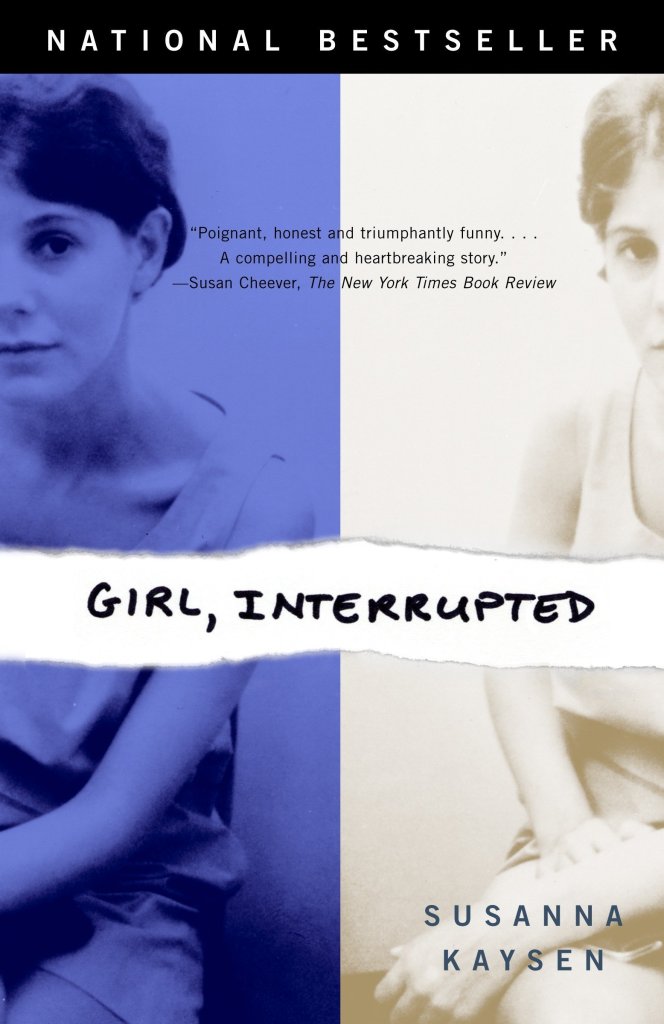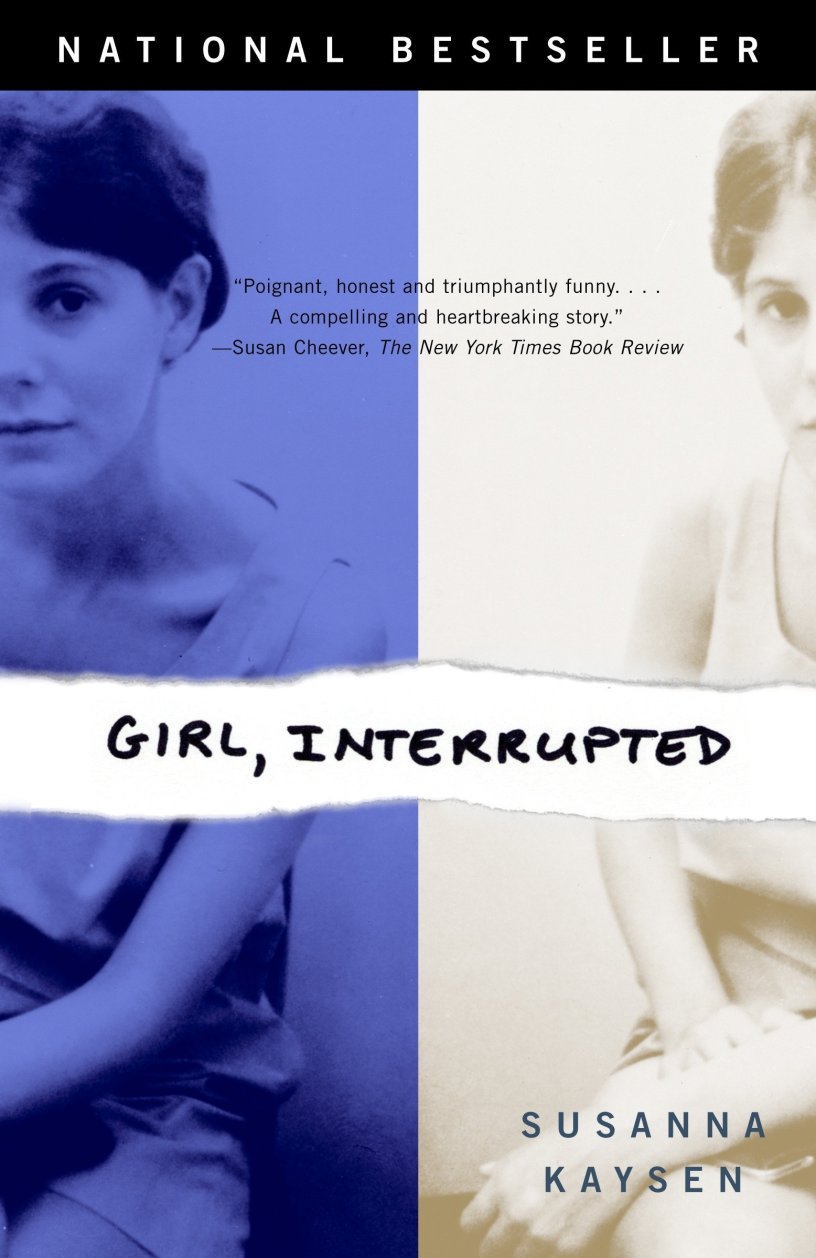By Kiara Amaya

Mental health and the struggles that go hand in hand with it have always been present in society. However, when brought up, the topic has also been frequently viewed as taboo and unrelatable. The 1993 memoir “Girl, Interrupted” by Susanna Kaysen does exactly what society is often still too afraid to do. The novel talks about mental health openly, without a filter.
This 168 page book dives deep into the mind and thoughts of Kaysen herself as a young girl who was admitted to a mental hospital in the 1960s. It is written in a raw and almost comedic tone that makes the reader stop and think. The book feels like a conversation you would have on the couch with Kaysen.
Published in 1993, Kaysen’s novel became a bestseller.
“During the book tour, readers would line up to tell Kaysen how her book had spoken to them. The author recalls hearing things like ‘nobody else has ever said these things’ and ‘I feel like I’m not alone.’ Or: ‘You wrote this book for me,’” according to The Paris Review.
Twenty eight years later, Kaysen’s words still hold a place of honor in a now fully stocked psychology section in libraries and bookstores. With recent mental health movements and organizations such as mental health awareness month and the National Alliance on Mental Illness (NAMI), the book is still very much relevant. So much so that it still sees over 800 copies sold each month, according to Amazon, even almost three decades after its release.
Extensive and recent reviews on the popular book review website Goodreads has further revealed the continued relevance of “Girl, Interrupted” as a blunt and stigma-defying young female voice. It truly seems as though Kaysen reached into readers’ minds, pulled out their innermost thoughts, and printed them on a page.
“It was beautiful and strange and thought-provoking and somehow irrationally felt as close to me as some crazy friend who’d been trapped in my own brain for thirteen years. The author at once seemed to be a part of me that hadn’t yet been able to speak, and a complete stranger who frightened and compelled me,” a review on Goodreads by user Ellabella said.
The entire genre of personal memoirs was really pioneered by Kaysen’s novel, an early entry before a memoir boom. The genre itself succeeded due to the readers feeling a personal connection with the author/narrator of the book. For a long time, the autobiography of a powerful person was very marketable, however, this new feeling of relatableness popularized memoirs written by normal people.
A few notable titles that expanded from the memoir genre are Mary Karr’s “The Liars’ Club” (1995), Frank McCourt’s “Angela’s Ashes” (1996), and Kathryn Harrison’s “The Kiss” (1997). Despite many titles forming from the memoir craze, Kaysen’s book is still considered the start of the now common mental-illness memoir.
More recent titles that talk about mental health in a raw way, but are in a story format are Stephen Chobsky’s “The Perks of Being a Wallflower” (1999) and Amanda Stern’s “Little Panic” (2018.)
Society has gotten more and more comfortable with conversing about metal health and its many different aspects as the years have gone by. “Girl, Interrupted” was a large part of beginning a conversation that has been so heavily avoided over time.
“In a strange way we were free. We’d reached the end of the line. We had nothing more to lose. Our privacy, our liberty, our dignity: all of this was gone and we were stripped down to the bare bones of ourselves.” Susanna Keysen wrote in “Girl, Interrupted.”
The same struggles within people’s minds still exist today, just how they existed yesterday, and years before that. Girl Interrupted furthered the allowance for that recognition, providing people with a feeling of support.
